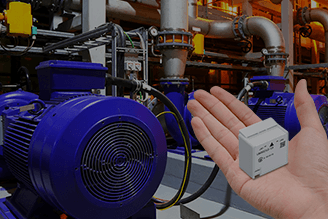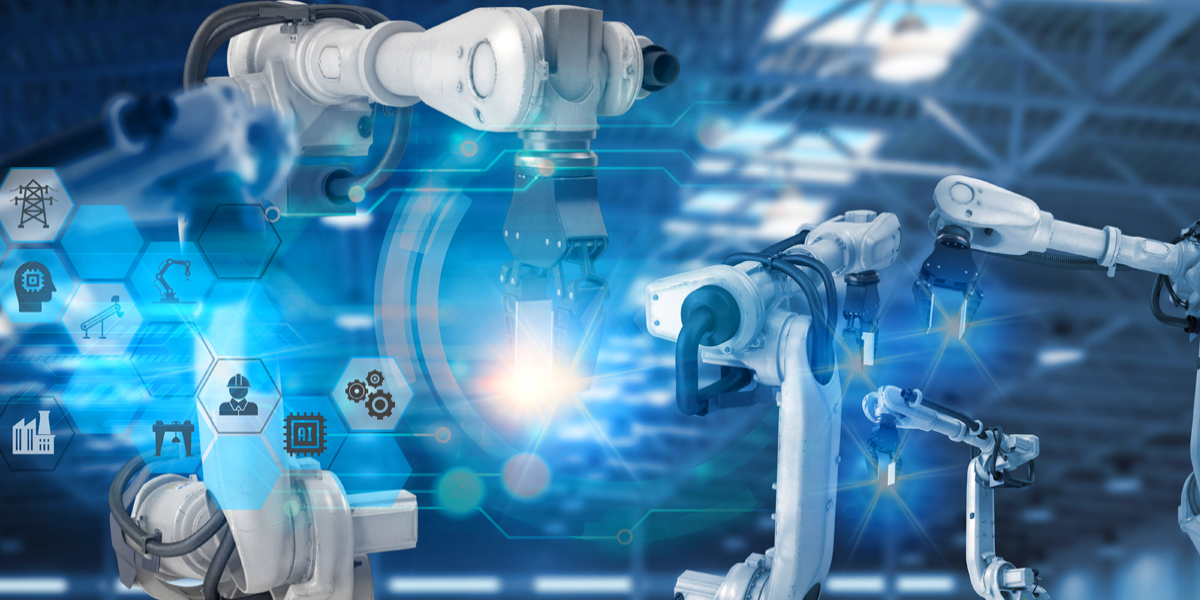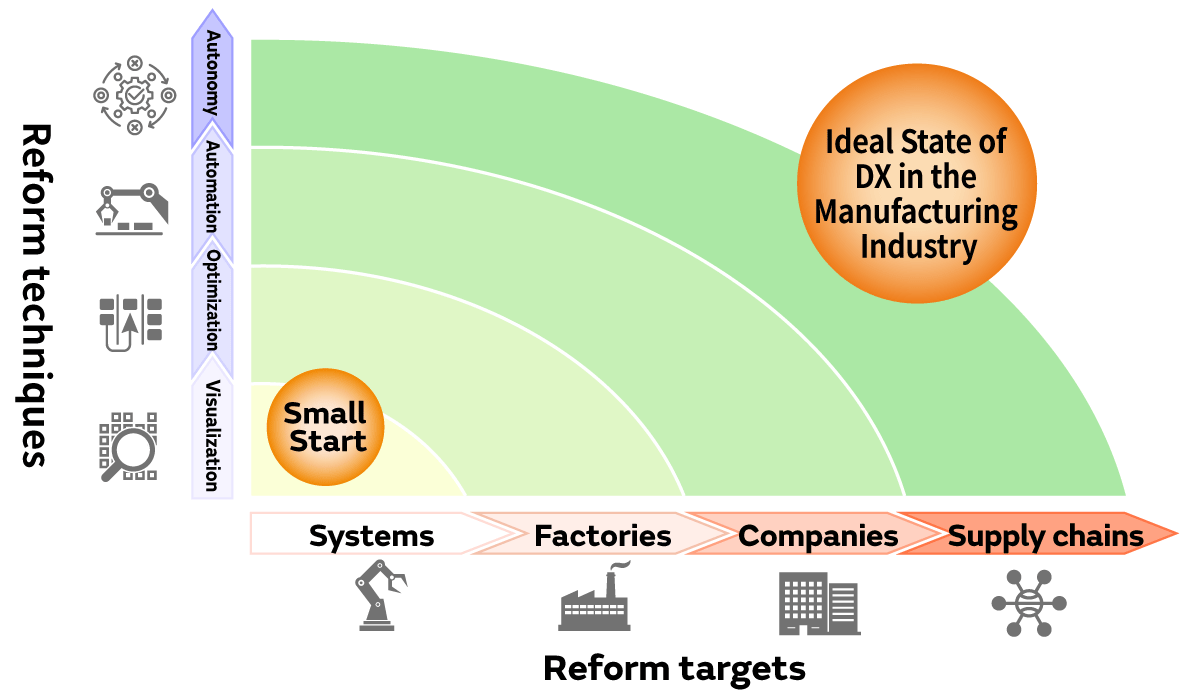Wireless Sensing Solution


Smart Factories: Giving Form to Digital Transformation in the Manufacturing Industry
Not only finance, retail, and transportation, but also administration, energy, medicine, construction, and agriculture – companies in all businesses and industries are working on digital transformation (DX). DX refers to business reform aimed at enhancing corporate competitiveness to optimize business and to create new business value on the premise of the digitization of business.
The importance of implementing DX aimed at improving corporate competitiveness is also increasing in the same way in the manufacturing industry (Fig. 1). If anything, it is possible to say that business reform with DX is required especially in the manufacturing industry, which is teeming with issues to be solved. The smart factory is a form that embodies DX in factories. We introduce here the direction and perspective from which DX is proceeding in the manufacturing industry.
The Ministry of Economy, Trade and Industry emphasizes the importance of pressing forward with business models, procedures, and reform of the environment itself through digitization instead of referring to DX as the digitization of existing business in the DX Promotion Guidelines Ver. 1.0 it published.
The values of consumers have diversified. Furthermore, social contribution is now also required of companies. An increasing number of firms in the manufacturing industry are working to reform their business model from monozukuri (making things) to kotozukuri (making things happen) to respond to such changes in the business environment. Of course, it is also possible to expect an improvement effect in existing business such as improved productivity and quality through DX in the manufacturing industry. Nevertheless, the true essence of DX in the manufacturing industry is demonstrated with the creation of new value by reforming the business of the manufacturing industry itself.
Let's look at a concrete example (Fig. 1). Heavy electric machinery manufacturers in Japan and the United States competed for new equipment orders in power plants in the 1990s. Of the two, the Japanese manufacturer's power generators were superior with a high level of reliability. The American heavy electric machinery manufacturer had to think of another way to rouse interest in its products. Accordingly, it proposed a solution in which the cost of damage insurance to cover damage caused by sudden failures would become cheaper during normal operation and would then rise if a possibility leading to an anomaly was detected. This would be done according to the results of detecting the operating status by monitoring the power generators utilizing IoT at all times. As a result, the American company received the order. Power companies take out damage insurance no matter how reliable the power generator they install is. That being the case, the power company highly rated the advantage of the total cost of the power generator including during operation.

This example can be called a case study of a pioneering application of DX. It is pioneering of IoT to detect the state and movement of things to be useful in their effective operation. Digital technology demonstrates a great effect when used as a technique to integrate businesses and technologies in different fields that look difficult to integrate at a glance, such as in this example of integrating heavy electric machinery and insurance.
If DX is implemented in the manufacturing industry, it is possible to create business with even higher added value by integrating business in different businesses and industries beyond the barriers of the conventional manufacturing industry. It is also possible to provide production structures to be able to stably supply products even if a disaster, infectious disease outbreak, or other emergency arises; production techniques to be able to quickly change the specifications and production volume of products according to changes in needs; and maintenance business that has even higher added value than product sales.
DX has the potential to change the way the manufacturing industry itself should be. However, it is difficult to suddenly change the form of existing business. That is because people support the manufacturing industry. It is also because the values of customers and the roles of suppliers who deliver materials and equipment do not change suddenly. DX in the manufacturing industry will likely begin in areas where it is easy to start implementing and where results appear easily. It will then gradually unfold along two development axes to targets and techniques that lead to reform with even greater value (Fig. 2).

One of the development axes is an expansion in the reform targets. The scope of application will gradually expand from DX in specific processes to DX over whole factories or lines, companies, or supply chains. If it is possible to make entire supply chains – including from the supply of materials and parts in the final stage to logistics, retail, and after-sales services once products have been shipped – the targets of DX, it will enable the development of further added-value businesses such as with the establishment of disaster-resistant supply chains.
The other development axis is the evolution of reform techniques. Judgments and tasks that rely on individual knowledge and skills will gradually be migrated to be implemented on systems. The hints to solve issues from data learned on lines will be obtained with visualization in the first stage. The way to deal with those issues will then be automatically derived based on data with optimization in the second stage. The system finds the processes that would be performed more efficiently by machines and then automates those processes in the third stage. There will be automatic adjustment to production conditions that produce the most efficient, stable, and high-quality products while continuously monitoring the condition of systems on the line, the production status, the finish of products, and other elements with autonomy in the fourth stage.